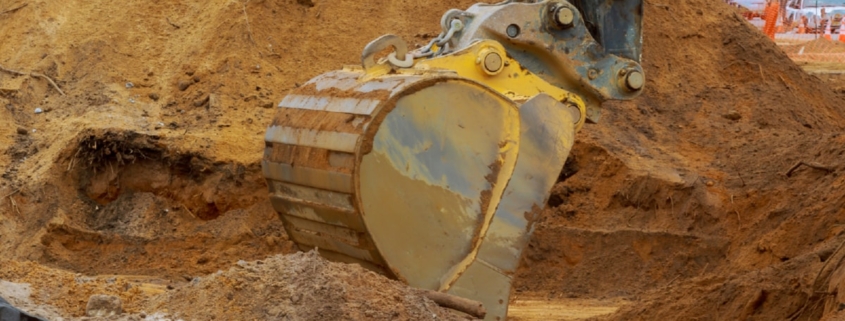The Revolution of Eco-friendly Construction Techniques 1778
Construction is a dynamic industry. With the speedy progression of technology and the rising emphasis on sustainability, the techniques we use to build have considerably changed over the past few decades. One of the most notable developments we’ve seen in recent years is green construction.
Green construction, also known as sustainable building, is all about constructing structures that are environmentally responsible and resource-efficient. This includes every stage of a project, from planning and design, to construction, operation, maintenance, and demolition. The goal is to minimize environmental impact while also delivering a number of other benefits, such as reducing operating costs and improving occupant health.
One of the primary ways that builders are achieving this is through the use of eco-friendly materials and technologies. For example, solar panels are becoming increasingly popular, as they allow buildings to generate their own renewable energy. Another trend is the use of repurposed materials, which help in reducing waste and lowering the carbon footprint of a project.
But green construction isn’t just about the materials you use. It’s also about the way you use them. Quality control is vital in ensuring that a building is safe, efficient, and sustainable. This means carefully monitoring every aspect of the construction process, from the design phase to the final product. It involves examining materials, workmanship, and building practices to ensure they meet the highest standards.
Quality control is not just about maintaining standards, but also about enhancing them. It’s a process of continuous improvement, where mistakes are found and corrected, and best practices are applied. This helps to cut down errors, improve efficiency, and ensure the final product meets the expectations of the client and the demands of the environment.
In addition to green building and quality control, safety is also a major priority in the construction industry. Construction sites are inherently dangerous places, with risks such as falls, electrocution, and being struck by objects. Therefore, carrying out effective safety measures is crucial. This includes giving appropriate training, implementing safety equipment, and establishing a culture of safety on the construction site.
In conclusion, the construction industry is always changing. But whether we’re talking about green construction, quality control, or safety, the aim is always the same: to build structures that are safe, efficient, and sustainable. It’s a challenge, but one that the industry is readily rising to meet.
For more details, check best Flat Roofing Services Dublin or visit their Flat Roof Service business listing here.



